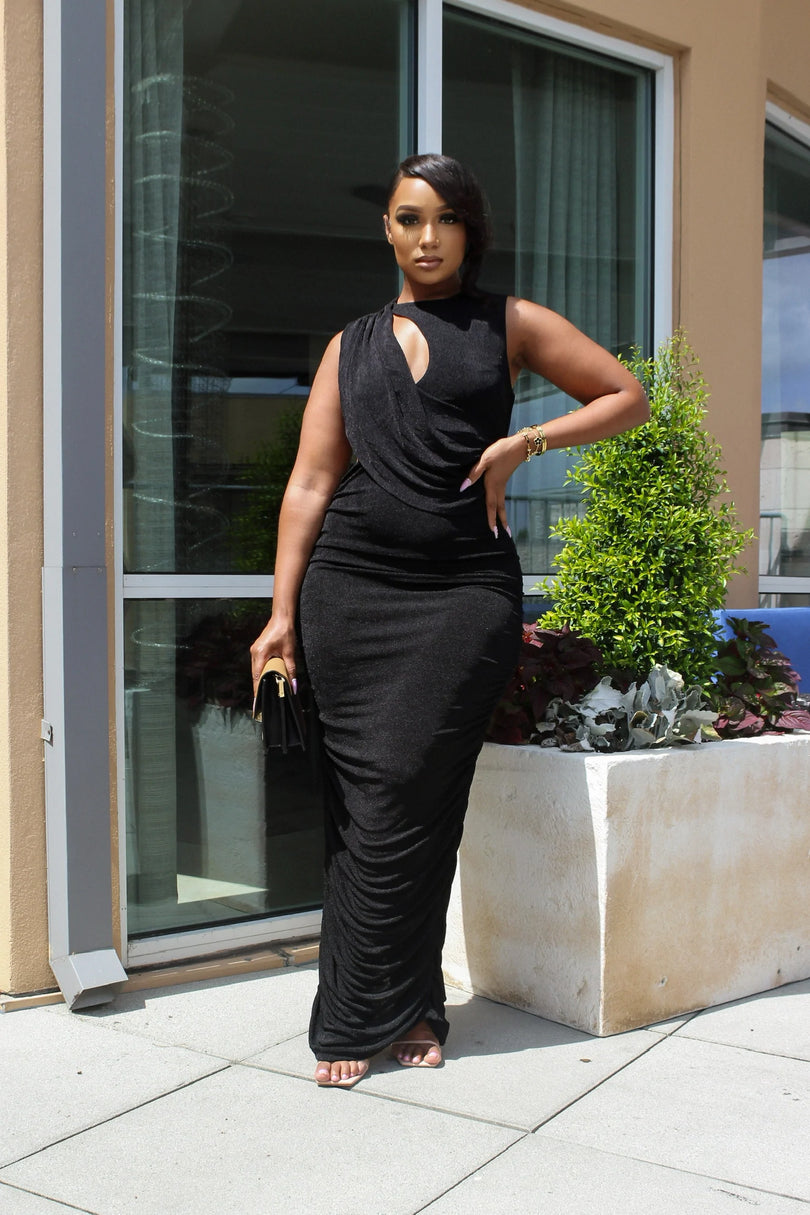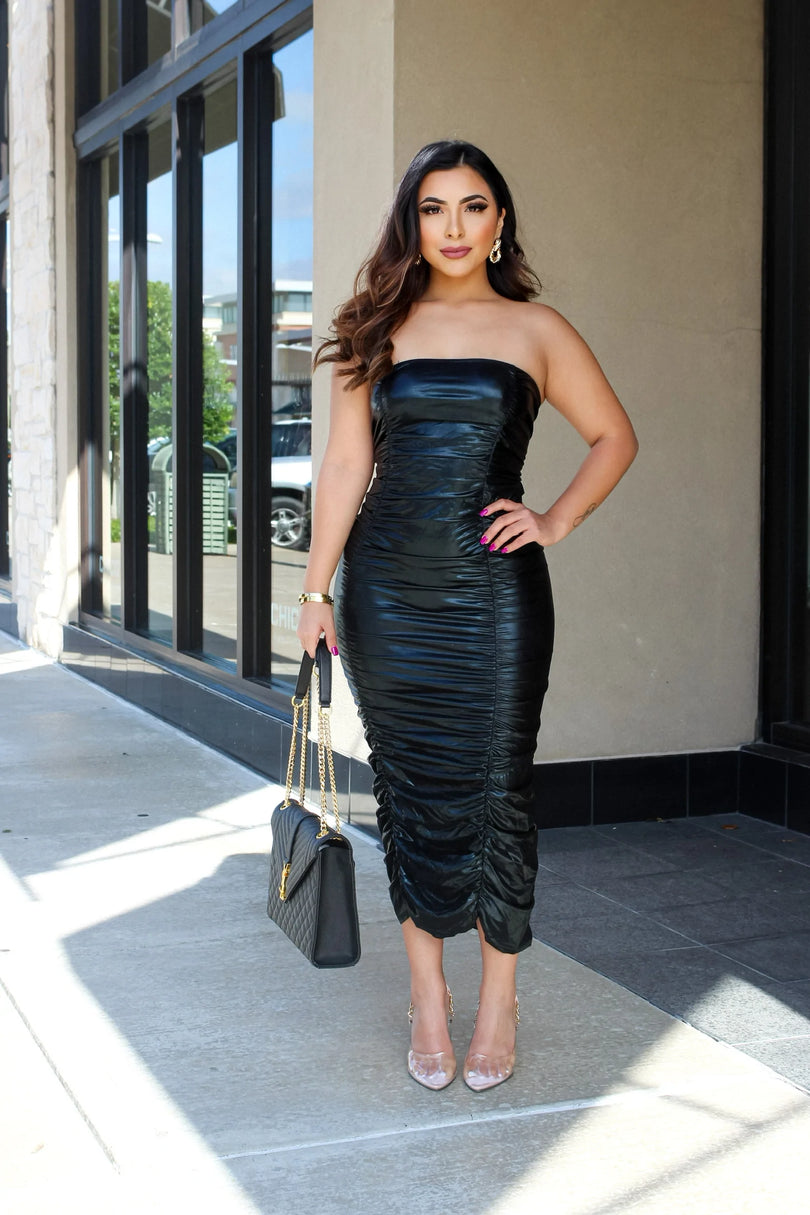Fajas, also known as waist trainers or cinchers, have become increasingly popular in recent years as a way to achieve a smaller waistline. But do they really work?
The short answer is yes, fajas can help reduce your waist size. However, it's important to understand how they work and the potential risks involved.
Fajas work by compressing your midsection, which can help to temporarily reduce the appearance of your waistline. They can also help to improve your posture and provide support for your back.
However, it's important to note that fajas are not a long-term solution for reducing your waist size. They are designed to be worn for short periods of time, typically a few hours a day, and should not be worn for extended periods of time.
A faja or waist trainer can be a helpful tool in achieving your weight loss goals, but it's important to use it safely and effectively. Here are some instructions for using a faja to lose inches off your waist:
1. Choose the right size: As I mentioned earlier, it's important to choose the right size faja to ensure it fits properly and doesn't cause discomfort or harm. Follow the manufacturer's sizing guidelines carefully.
2. Start slowly: If you're new to wearing a faja, start by wearing it for short periods of time, such as 1-2 hours per day, and gradually increase the time as your body adjusts.
3. Wear during exercise: Wearing a faja during exercise can help increase sweat and calorie burn in the abdominal area. However, be sure to listen to your body and remove the faja if you experience any discomfort or difficulty breathing.
4. Maintain a healthy diet and exercise routine: A faja is not a substitute for a healthy diet and regular exercise. To see significant weight loss results, you'll need to combine the use of a faja with a healthy lifestyle.
5. Stay hydrated: Wearing a faja can cause you to sweat more, so it's important to stay hydrated by drinking plenty of water throughout the day.
6. Take breaks: It's important to give your body a break from wearing a faja, especially if you experience any discomfort or pain. Remove the faja for a few hours each day to allow your body to rest and recover.
Remember, a faja is not a magic solution for weight loss. It can be a helpful tool when used safely and in combination with a healthy lifestyle.
Additionally, wearing a faja for too long or too tightly can cause a number of health risks, including difficulty breathing, digestive issues, and even damage to your internal organs.
If you're considering using a faja to reduce your waist size, it's important to do so under the guidance of a medical professional. They can help you determine the appropriate amount of time to wear a faja and ensure that you're not putting your health at risk.
The amount of inches you can potentially lose on your waist size while wearing a faja or waist trainer varies from person to person and depends on a number of factors, including your body type, the type of faja you're wearing, and how often you wear it.
Some people may see a reduction of a few inches in their waist size while wearing a faja, while others may not see any significant change. It's important to remember that any reduction in waist size is likely to be temporary and will only last as long as you continue to wear the faja.
To size a faja or waist trainer, you will need to take accurate measurements of your waist, hips, and sometimes your bust as well. Here are the steps to follow:
1. Use a soft measuring tape to measure the narrowest part of your waist, which is typically just above your belly button. Make sure the tape is snug but not too tight.
2. Measure the widest part of your hips, which is typically around the fullest part of your buttocks.
3. If the faja you're interested in also requires a bust measurement, measure around the fullest part of your bust.
4. Once you have your measurements, consult the size chart provided by the manufacturer of the faja you're interested in. Be sure to follow their specific instructions for measuring and sizing.
5. If you're between sizes, it's generally recommended to size up rather than down, as a faja that is too tight can be uncomfortable and even dangerous.
It's important to note that different brands and styles of fajas may have slightly different sizing guidelines, so be sure to check the specific instructions for the faja you're interested in.
It's also important to note that wearing a faja for extended periods of time or wearing one that is too tight can be dangerous and lead to health risks, such as difficulty breathing and digestive issues.
If you're considering using a faja to reduce your waist size, it's important to do so under the guidance of a medical professional and to prioritize your health and safety above achieving a certain body shape or size.
In conclusion, while fajas can help to temporarily reduce your waist size, they are not a long-term solution and should be used with caution. It's important to prioritize your health and safety above achieving a certain body shape or size.














